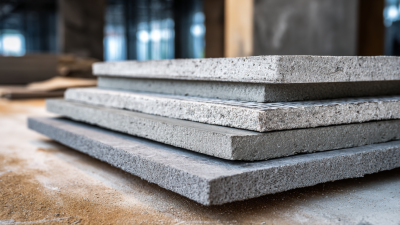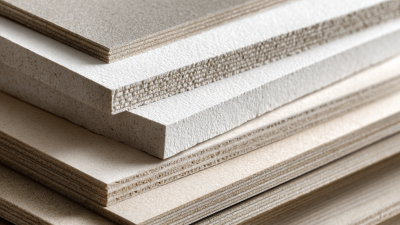Unlocking the Benefits of Fiber Cement Backer Board: Your Ultimate Guide to Home Renovation
In the realm of home renovation, the choice of materials significantly impacts the durability and aesthetic quality of the finished project. Among the myriad options available, Fiber Cement Backer Board has emerged as a frontrunner, particularly in wet area applications such as bathrooms and kitchens. According to a report from the Freedonia Group, the demand for fiber cement products is projected to reach $7.0 billion by 2023, highlighting its growing popularity and acceptance in the industry. This increase can be attributed to its exceptional resistance to water, mold, and mildew, making it a preferred choice for homeowners seeking long-lasting solutions. Additionally, the North American market for backer board is expected to expand, fueled by the ongoing trend of home renovations and upgrades. By investing in Fiber Cement Backer Board, homeowners can unlock a multitude of benefits that not only enhance the functionality of their spaces but also contribute to the overall value of their properties.
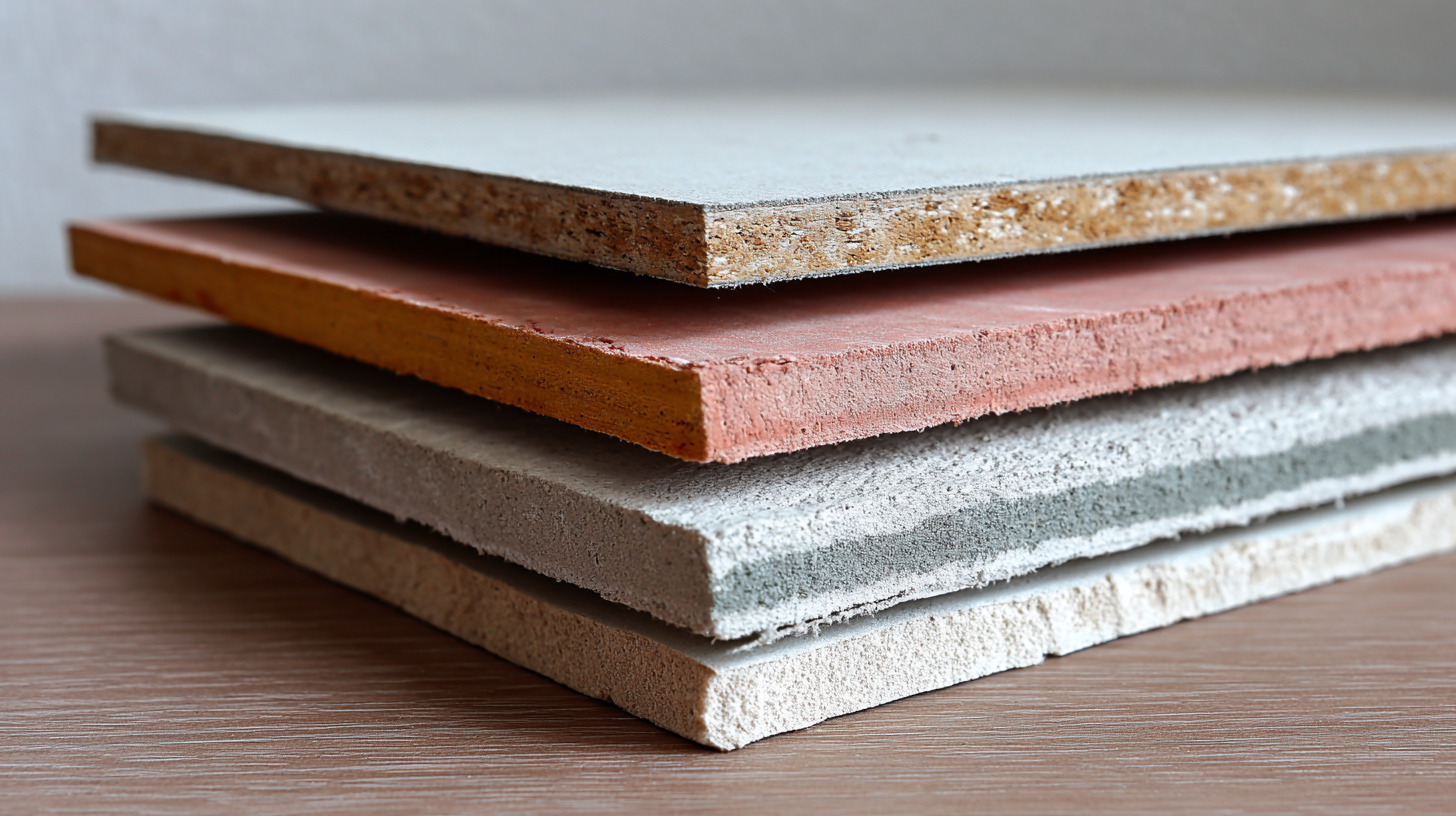
Understanding Fiber Cement Backer Board: Key Features and Benefits
Fiber cement backer board has emerged as a top choice for homeowners and contractors alike due to its exceptional durability and moisture resistance. According to a report by the National Association of Home Builders (NAHB), materials like fiber cement can last significantly longer than traditional backer boards. This longevity translates to reduced replacement costs and less frequent maintenance, making it an economically favorable option for renovations.
One of the standout features of fiber cement backer board is its fire resistance, with ASTM testing proving it can withstand high temperatures without compromising structural integrity. Data from the Building Materials Association reveals that projects using fiber cement siding have shown a 50% decrease in fire-related insurance claims compared to those utilizing conventional materials. Additionally, the material's non-combustible nature enhances safety in high-risk areas such as kitchens and bathrooms, securing its position as a reliable choice in home renovations.
The environmental benefits of fiber cement cannot be overlooked either. A study by the Fiber Cement Manufacturers Association indicated that fiber cement products often have a lower carbon footprint than other siding materials, with a lifespan that can exceed 30 years. This makes fiber cement backer board not only a sustainable choice for eco-conscious homeowners but also a practical investment in the long-term upkeep of their properties.
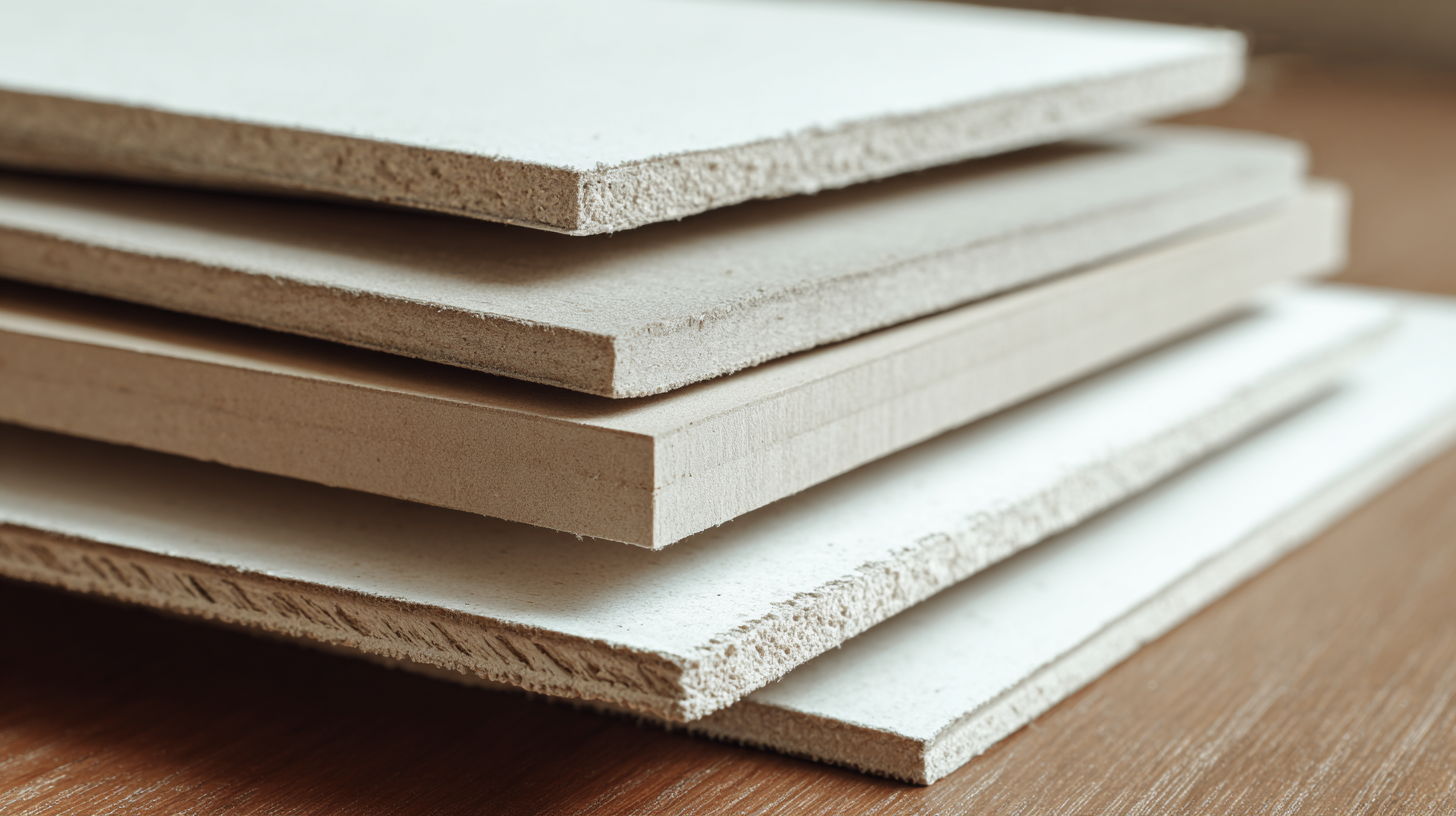
Top 5 Reasons to Choose Fiber Cement Backer Board for Your Renovation
When considering materials for home renovation, fiber cement backer board stands out for several compelling reasons. Firstly, it offers exceptional moisture resistance, making it an ideal choice for areas prone to humidity, such as bathrooms and kitchens. According to a study by the National Association of Home Builders, fiber cement products provide a durability rating 30% higher than traditional materials, significantly reducing the risk of mold and mildew.
Secondly, the fire resistance of fiber cement backer board is noteworthy. It has a Class A fire rating, meaning it can withstand high temperatures and resist ignition. The American Concrete Institute reports that properties using fiber cement can potentially lower insurance premiums due to their reduced fire risk. Finally, with a lifespan of over 50 years, fiber cement backer board requires less replacement and maintenance over time, making it a cost-effective investment. Its resilience against warping, cracking, and rot positions it as a powerhouse material in the world of home renovations.
Unlocking the Benefits of Fiber Cement Backer Board
This chart showcases the top five reasons homeowners choose fiber cement backer board for their renovation projects, highlighting its advantages in durability, moisture resistance, ease of installation, fire resistance, and versatility.
How to Properly Install Fiber Cement Backer Board: A Step-by-Step Guide
When it comes to home renovation, properly installing fiber cement backer board is crucial for ensuring a durable and moisture-resistant surface, especially in areas like bathrooms and kitchens. The first step is to gather all necessary tools, including a measuring tape, utility knife, and screws designed for cement boards. Start by measuring the area where the backer board will be installed and cut the boards to size using a utility knife. Score the board along a straight line, then snap it along the scored edge for a clean cut.
Once your boards are cut, the next step is to secure them to the wall or floor. Begin at one corner of the space, ensuring the board is level before fastening it with screws every 8 inches along the edges and every 12 inches in the field. It is essential to stagger the joints, much like laying bricks, to enhance stability. After securing the backer board, seal the joints with thin-set mortar and mesh tape to create a waterproof barrier. Following these steps will help you achieve a solid foundation for tiled surfaces, making your renovation project a success.
Unlocking the Benefits of Fiber Cement Backer Board: Your Ultimate Guide to Home Renovation
| Dimension |
Description |
Benefits |
Installation Steps |
| Material Type |
Fiber Cement |
Durable and long-lasting |
Select proper tools |
| Thickness |
0.25 inches - 1 inch |
Fire resistant |
Measure and cut accurately |
| Weight |
2.5 - 3.5 lbs per square foot |
Water resistant |
Use screws, not nails |
| Size |
3 x 5 feet / 4 x 8 feet |
Eco-friendly options |
Securely fasten to studs |
| Cost |
$10 - $15 per sheet |
Low maintenance |
Apply waterproof membrane |
Comparing Fiber Cement Backer Board with Other Backer Options: Pros and Cons
When considering backer board options for home renovations, fiber cement backer board stands out for its durability and moisture resistance. Unlike traditional drywall and cement boards, fiber cement provides superior performance in wet areas, making it ideal for bathrooms and kitchens. Its composition allows it to withstand mold and mildew, which are common issues in moisture-prone spaces. Moreover, fiber cement is fire-resistant, offering an extra layer of safety that drywall and other materials may lack.
On the downside, fiber cement backer board can be heavier and more cumbersome to install compared to alternatives like foam board or standard cement board. Its rigid structure requires specialized tools for cutting, which might deter DIY enthusiasts. Additionally, while fiber cement is generally more resilient, its cost can be higher than that of traditional backer options. Homeowners must weigh these pros and cons based on their specific renovation needs, ultimately choosing a material that combines performance with practicality.
Maintenance Tips to Maximize the Longevity of Fiber Cement Backer Board
When it comes to home renovation, choosing the right materials can greatly influence the
durability and maintenance of your project.
Fiber cement backer board is a top choice for homeowners and contractors alike, thanks to its resistance to
moisture, mold, and warping.
According to a report by the US Geological Survey, fiber cement can last up to 50 years with proper maintenance, making it an excellent long-term investment for wet areas like kitchens and bathrooms.

To maximize the longevity of fiber cement backer board, regular inspection and maintenance are essential.
It is recommended to routinely check for any signs of damage, such as cracks or excessive wear.
The National Association of Home Builders suggests sealing joints and seams with appropriate waterproof or flexible sealants to prevent water infiltration.
Additionally, cleaning the surface periodically with a mild detergent and ensuring proper ventilation in areas susceptible to humidity can further enhance the board's lifespan.
By incorporating these maintenance tips, homeowners can ensure their renovations remain beautiful and functional for decades.

Products
About Us
Download
News
Blog
Contact Us
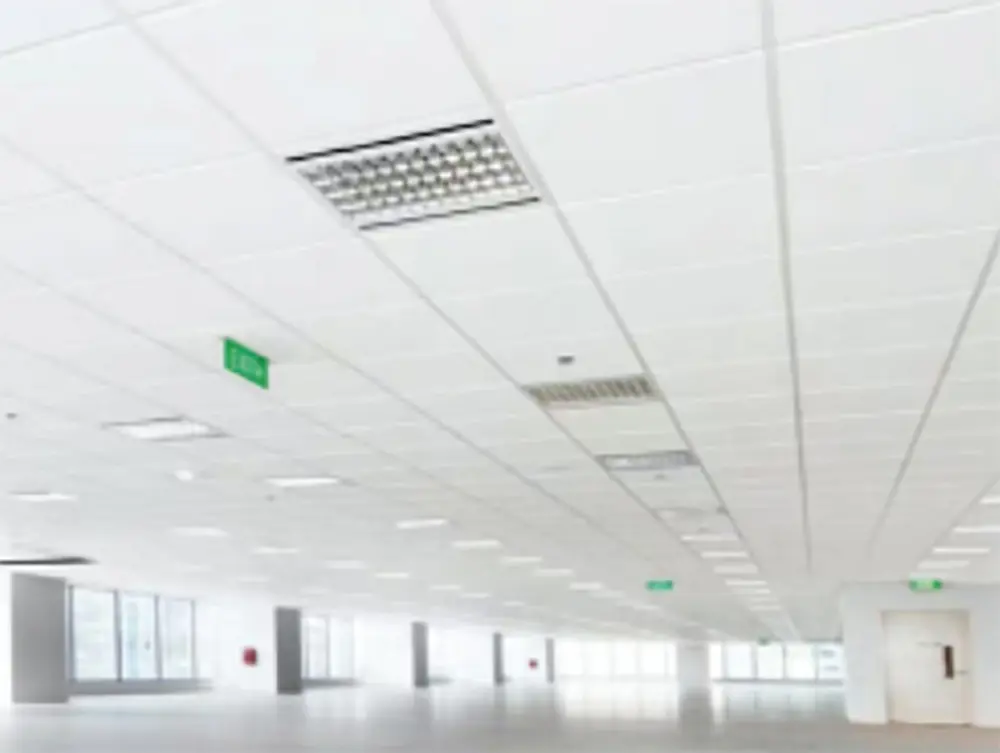 LEAO®Deco Ceiling
LEAO®Deco Ceiling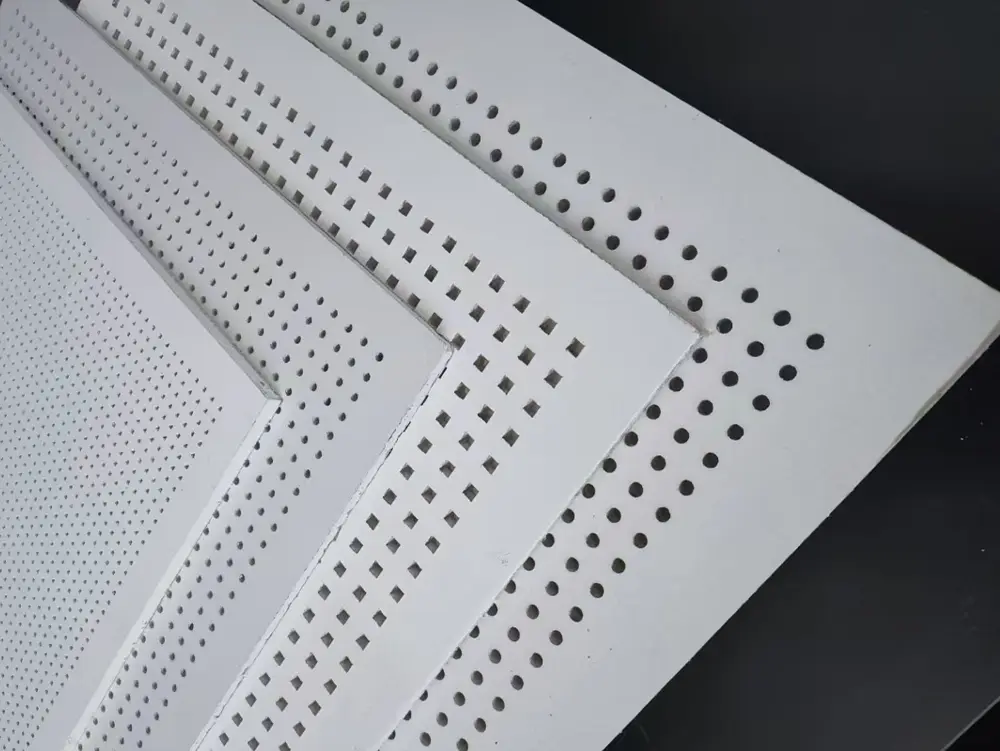 LEAO® Perforated Ceiling
LEAO® Perforated Ceiling LEAO® Ceiling Board
LEAO® Ceiling Board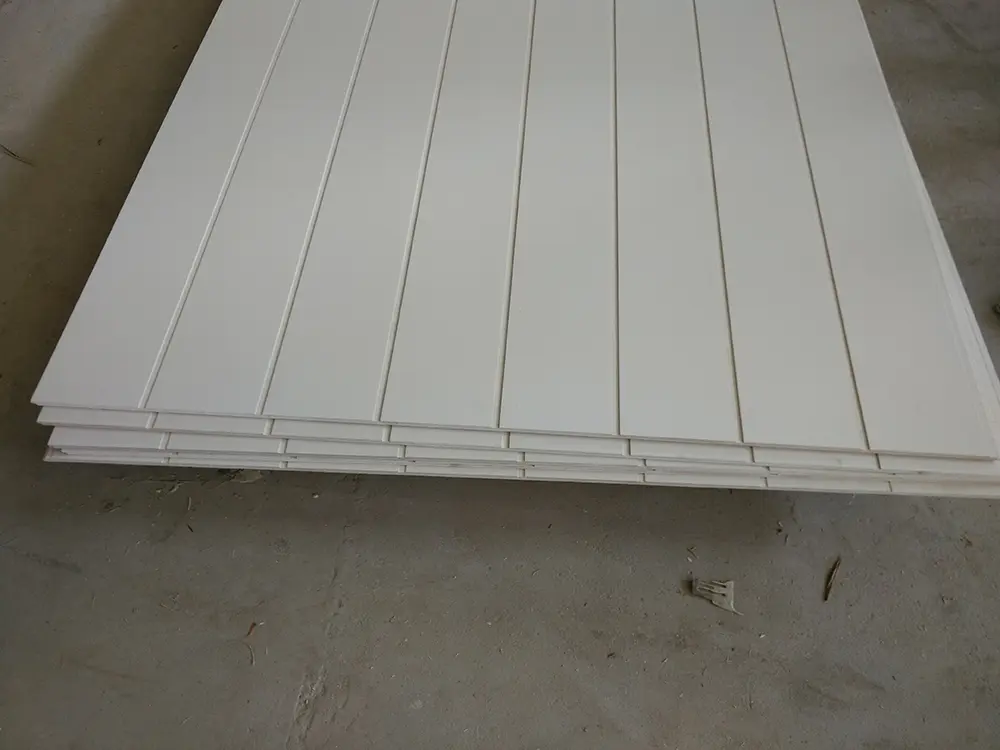 LEAO® Groove Interior Panel
LEAO® Groove Interior Panel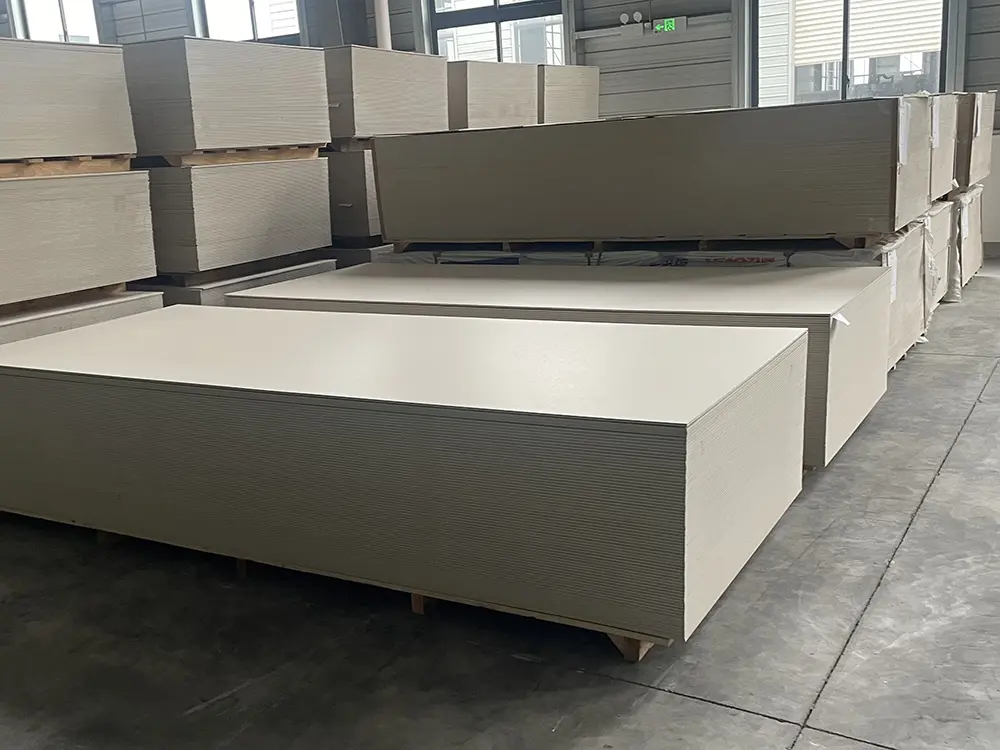 LEAO® Interior Board
LEAO® Interior Board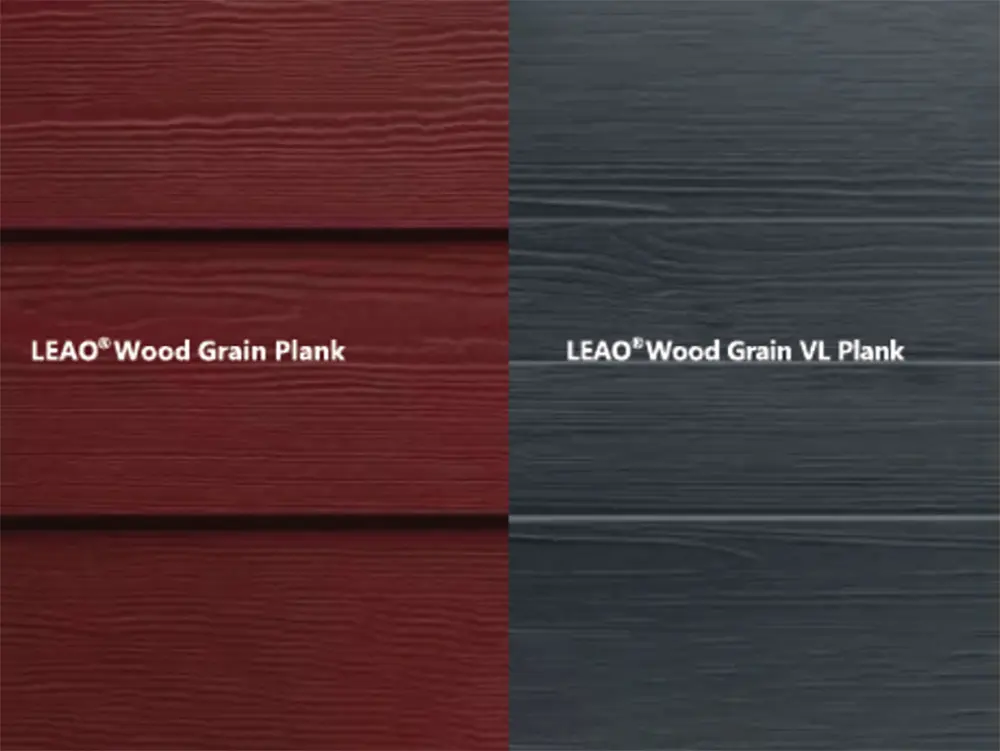 LEAO® Wood Grain Plank
LEAO® Wood Grain Plank LEAO® Grooved Exterior Panel
LEAO® Grooved Exterior Panel LEAO® Weatherboard
LEAO® Weatherboard LEAO® Access Floors
LEAO® Access Floors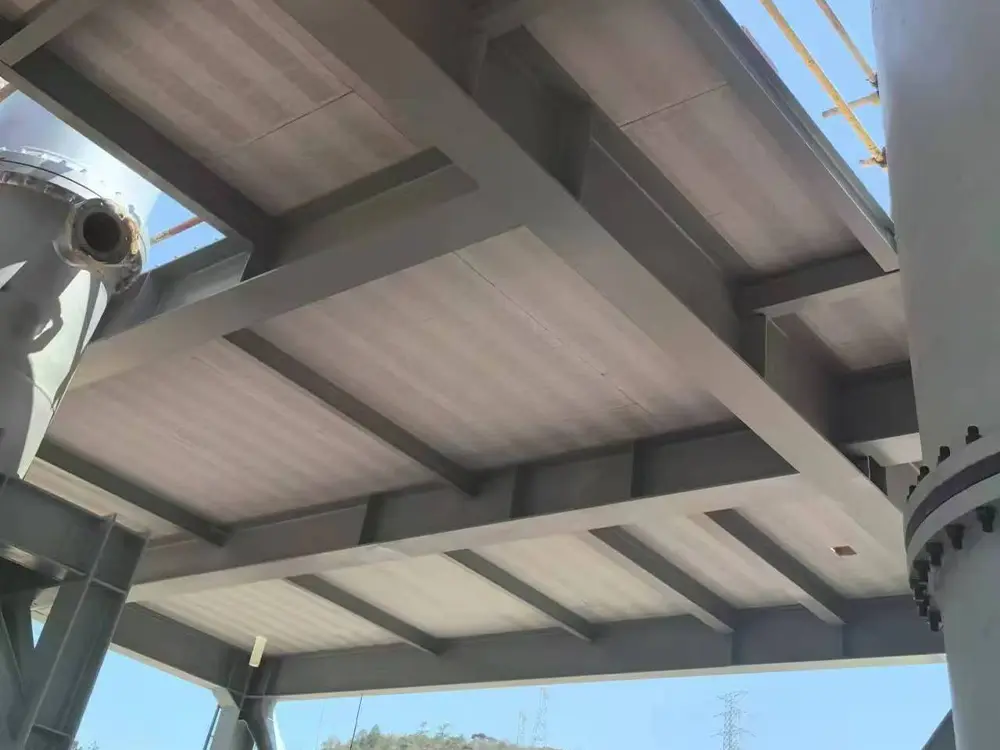 LEAO® Non-removable Formwork
LEAO® Non-removable Formwork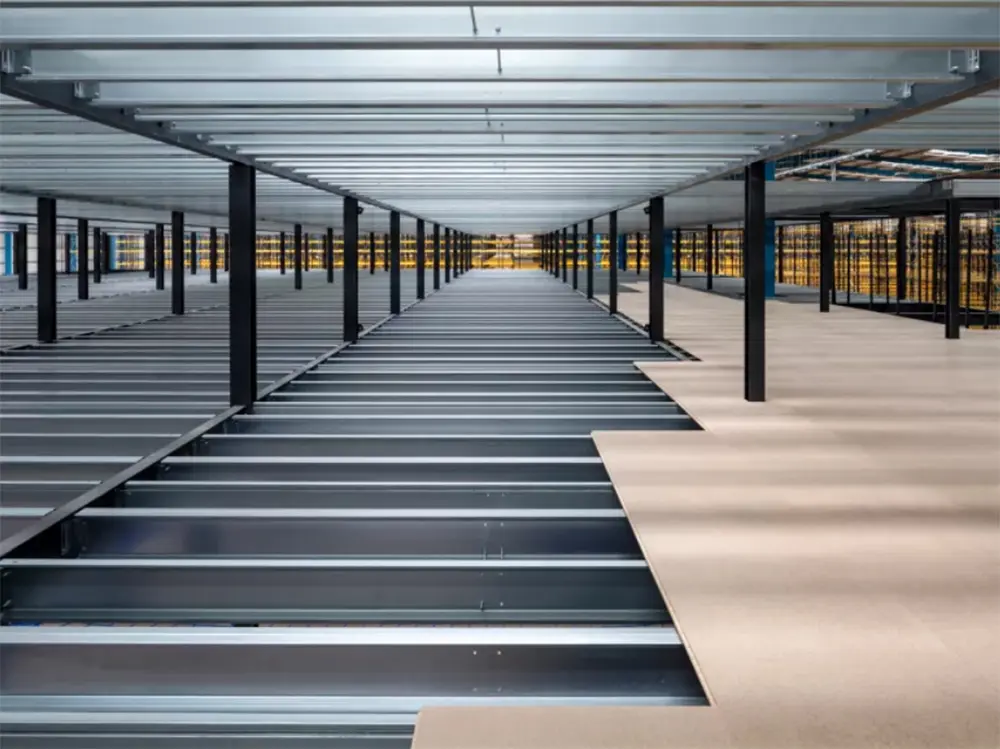 LEAO® Mezzanine Board
LEAO® Mezzanine Board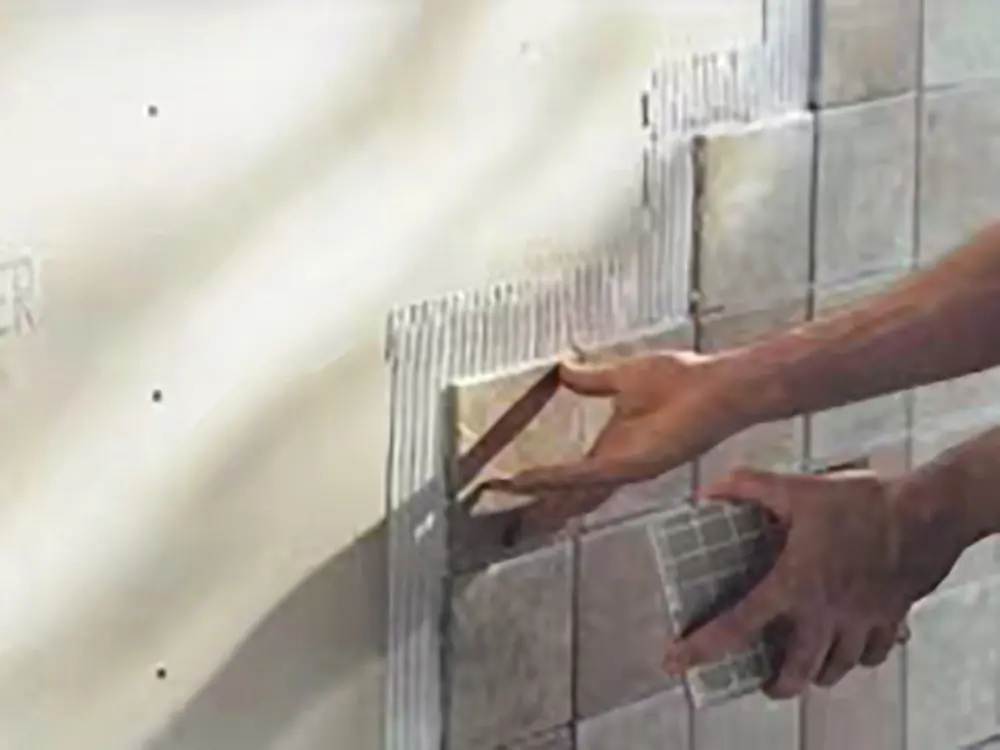 LEAO® Ceramic Tile Underlay
LEAO® Ceramic Tile Underlay LEAO® Floor Plank
LEAO® Floor Plank LEAO® Flooring
LEAO® Flooring LEAO® Wood Style Decorative Panel
LEAO® Wood Style Decorative Panel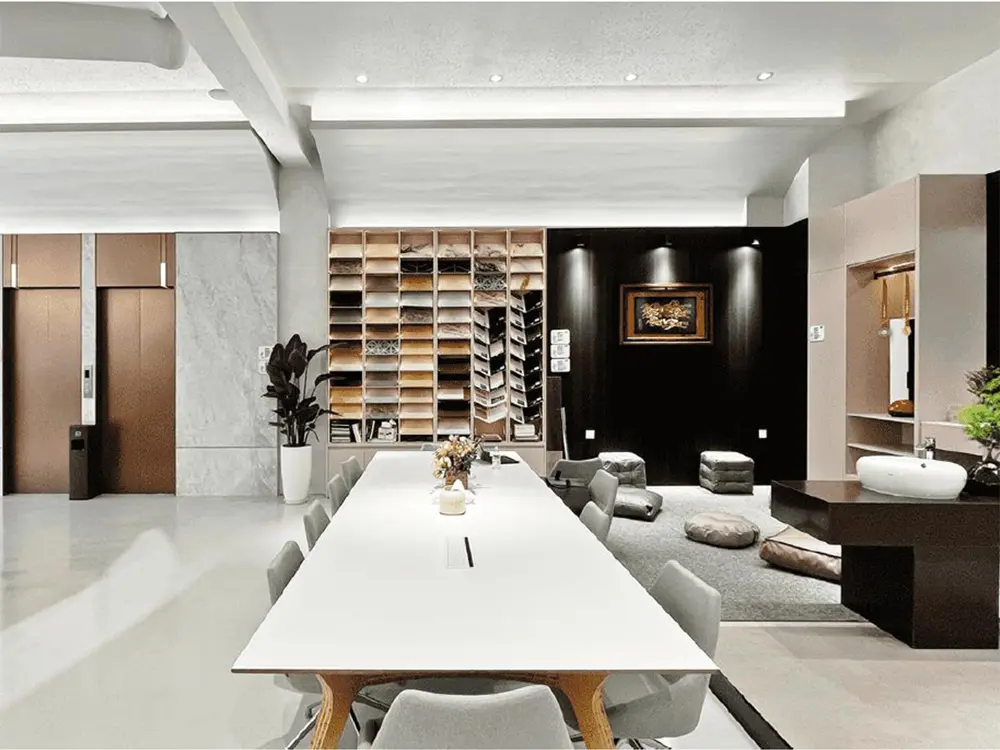 LEAO® Stone Style Decorative Panel
LEAO® Stone Style Decorative Panel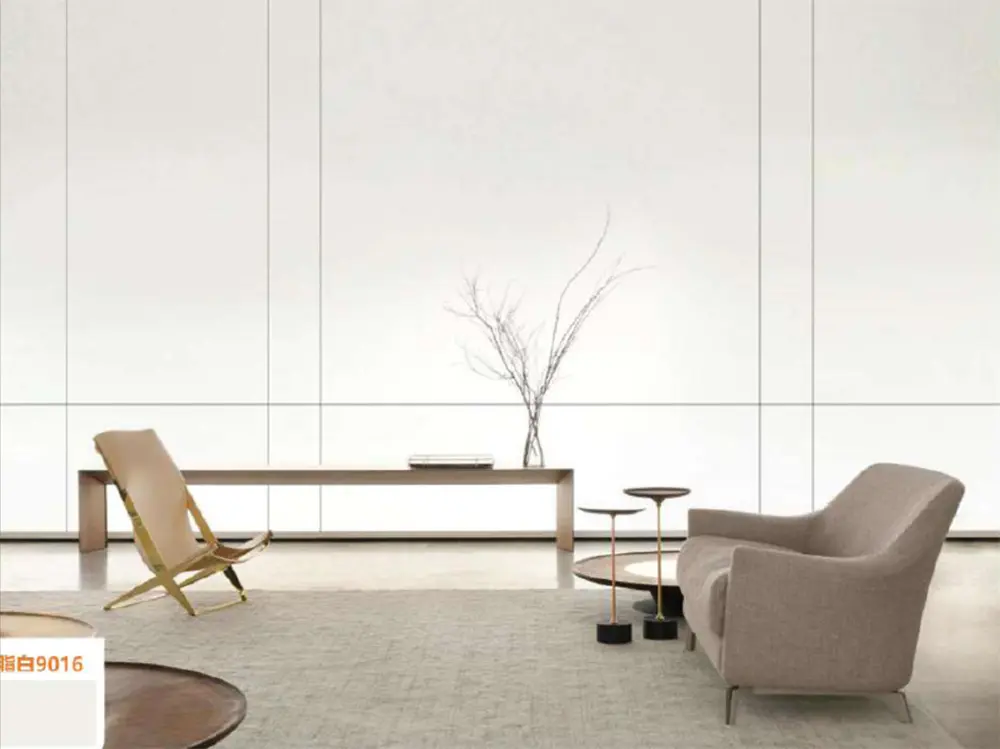 LEAO® Pure Style Decorative Panel
LEAO® Pure Style Decorative Panel


